Questions
A) How does an electric car work?
B) How long does it take you to charge an electric car and how much km can you drive then?
C) How would the environment change if everyone was driving an electric car?
Introduction
Our project is about electric cars. We made some research about electric cars (for example: read articles, contacted/interviewed the company Tesla). We calculated important numbers (CO2-output today, energy consumption of an electric car, and more). We informed ourselves about the charging time of an electric car and how much electricity it needs. And at last we finally found out how an electric car works.
A) How does an electric car work?
The gasoline engine is replaced by an electric motor.
The electric motor gets its power from a controller.
The controller gets its power from an array of rechargeable batteries.
Electric cars use electricity stored in a battery pack to power an electric motor and turn the wheels. When depleted, the batteries are recharged using grid electricity, either from a wall socket or a dedicated charging unit. The electric cars don’t produce tailpipe pollution (Auto-Abgase), because they don’t even have it. On the other hand the producing of the battery from an electric car is not as environmentally friendly as the car itself.
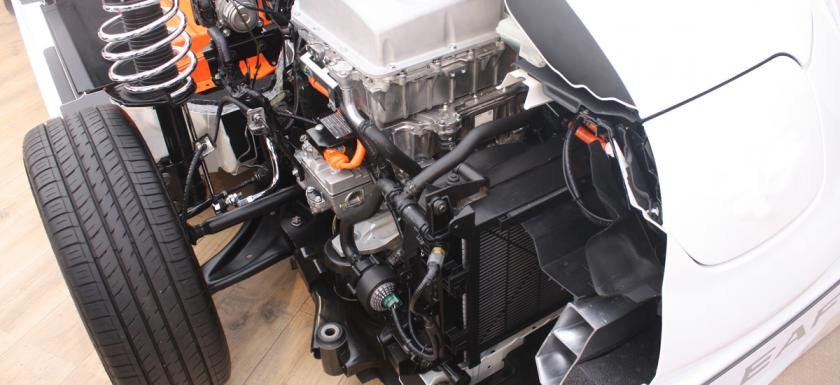
B) How long does it take you to charge an electric car and how much km can you drive then?
Unfortunately, it takes a long time for charging electric cars. It takes 6-8 hours for charging the car at home with a normal power outlet (16 ampere / 230 volt). In public at official loading stations it takes about 25 minutes to get a fully loaded car. In public they use power outlets with a higher performance (400 volt / 64 ampere).
Here you can see how much km the different electric cars can drive with a fully loaded battery:
cars with 6 – 9 kWh consumption can drive 80 km
cars with 12 – 22 kWh consumption can drive 90 – 120 km
cars with 23 – 24 kWh consumption can drive 160 – 195 km
cars with 60 – 85 kWh consumption can drive 370 – 480 km
C) How would the environment change, if everyone was driving an electric car?
Electric cars create less pollution than gasoline-powered cars, so they are an environmentally friendly alternative to gasoline-powered vehicles. We made some research and an own calculation for getting important numbers.
Calculation
Gasoline engine
Average emission per car and per year: 2000 kg CO2
Average emission (CH) in total per year: 5.8 million vehicles x 2000 kg CO2 = 11.6 million tons of CO2
=> ~928 million existing trees for CO2 compensation
=> Plantation of ~23 million new trees for CO2 compensation
(Amount of trees in the woods of Switzerland: approx. 500 million)
Sources: Personenverkehr Jahresmobilität (bfs.admin.ch); Offset your car emissions (myclimate.org); CO2-calculator car (naturefund.de); Wie viele Bäume sind nötig, um eine Tonne CO2 zu binden? (handelsblatt.com)
Electric car
Socket at home: 16 Ampere / 230 Volt
Charging time electric car: 8h -> 120 km driving distance
230V x 16A x 8h = 29.44 kWh
Average number of kilometers driven per year: 15’000 km
15’000 : 120 = 125 chargings (125 Mal aufladen)
125 x 29.44 kWh = 3680 kWh (Power consumption of an electric car per year)
Our conclusion
An electric car needs roughly 3680 kWh per year, that’s a really high engine consumption. In comparison: a household with two people consumes 4500 kWh per year. That shows us, that it is impossible that everyone in the world could drive an electric car. We don’t have enough electricity. Electric cars can save the environment, but it is still not the best solution for the future, because they need too much electricity.
Interview
We had an interview on November 7th, 2015 at the Tesla garage in Zürich. And now we know more about the electric car.
How does the electric car work?
The gasoline engine is replaced by an electric motor.
The electric motor gets its power from a controller.
The controller gets its power from an array of rechargeable batteries.
How does the charging progress work (how long? Loading station in public/at home)?
Loading station at home: 6 – 8 hours
In public (400 volt / 64 ampere): in 20 min. 90% of the battery can be charged
How many km can we drive with a full loaded car?
– cars with 6 – 9 kWh consumption can drive 80 km
– cars with 12 – 22 kWh consumption can drive 90 – 120 km
– cars with 23 – 24 kWh consumption can drive 160 – 195 km
– cars with 60 – 85 kWh consumption can drive 370 – 480 km
Why are the electric cars so expensive?
Perhaps because of the battery (we didn’t get a sufficient answer)
What about the battery?
We didn’t get a sufficient answer, we need to check on that at the next interview.
Where do you see the problems of the Tesla car?
At the moment the battery is still too weak, but the Tesla company is producing a better one.
Team Q70: Yannick & Sina
On-topic posts on dontwastemy.energy
Team Q50 “Driving an Electric Car”
Zurich city without fuel-powered cars
Search Overview of electric cars and personal experience
Formula E Car: How fast can you go?
☷ See the project teams here »
☵ Some words about the contributions »


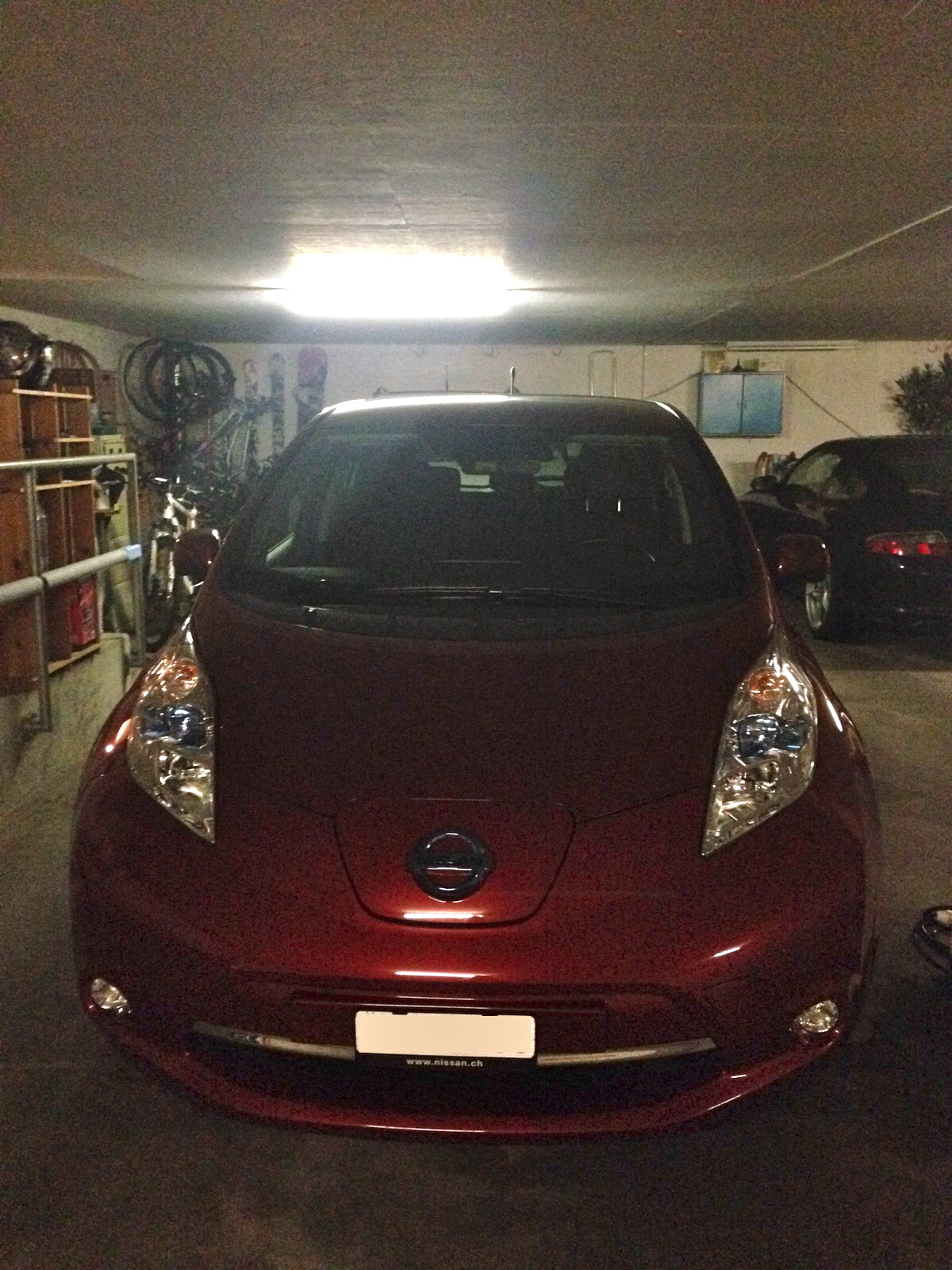
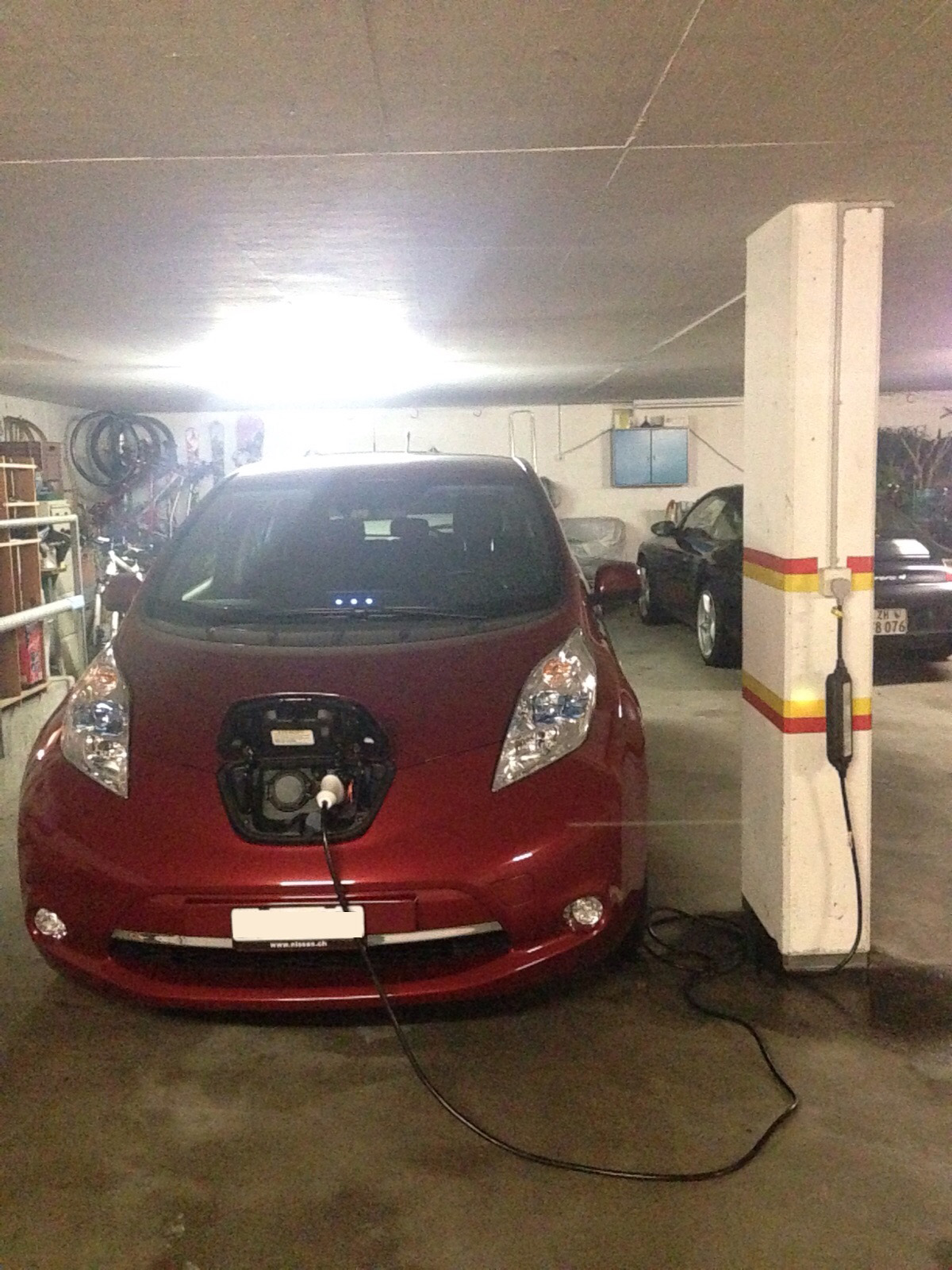
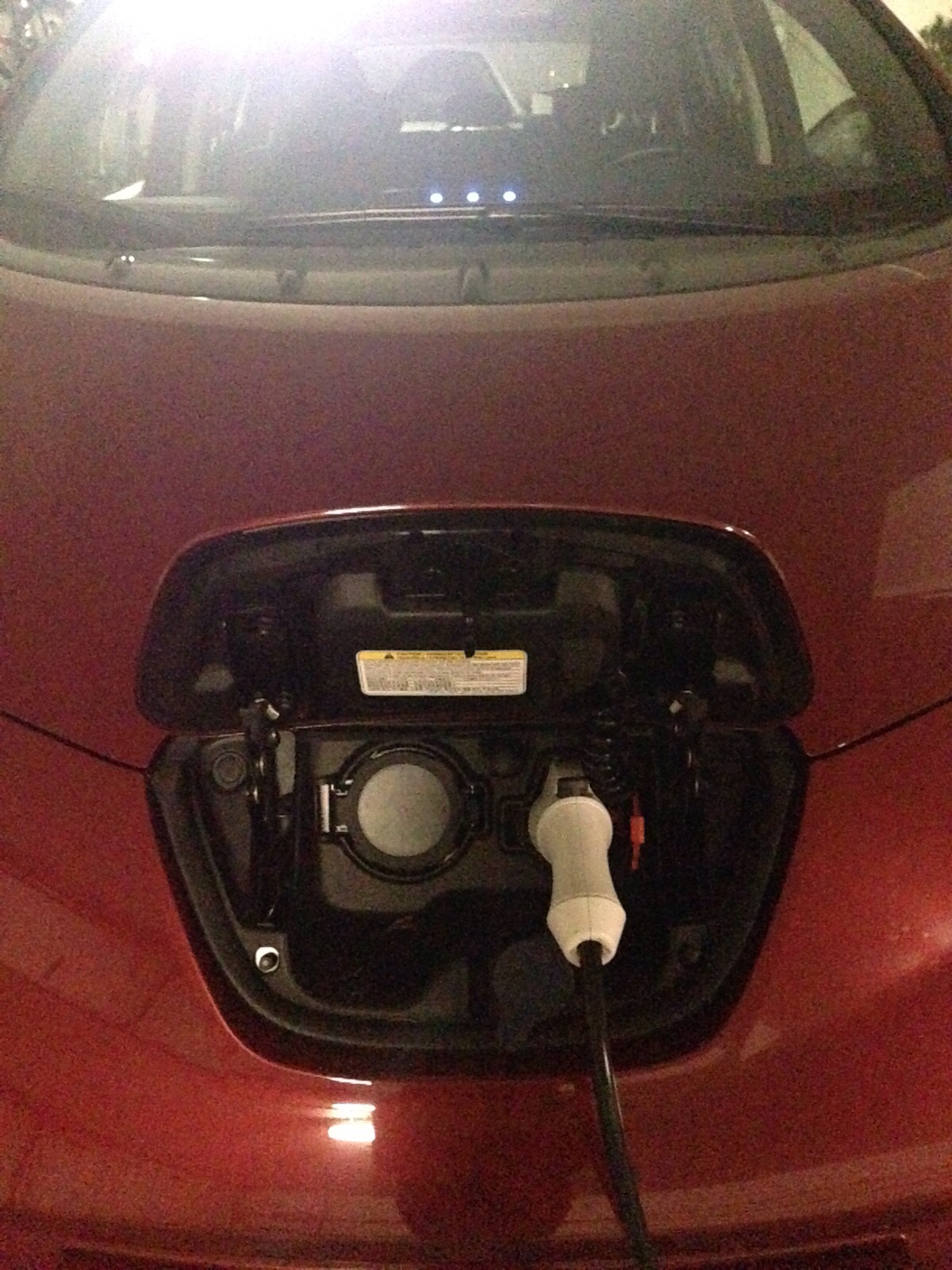
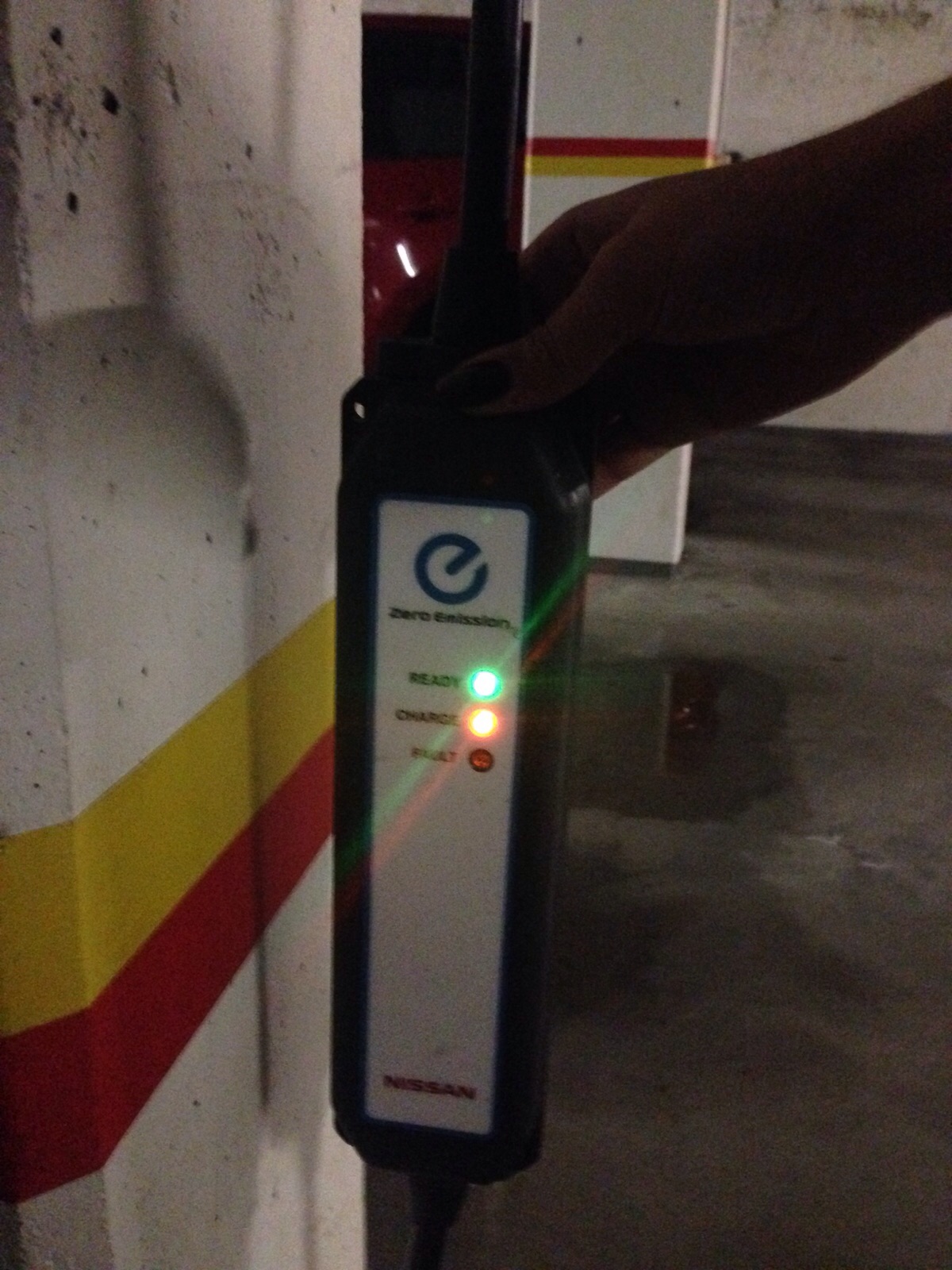
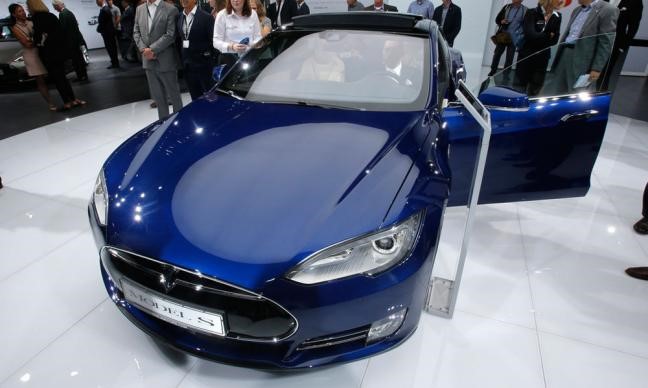
Dear Q70 Team
It was really satisfying to read your post. Nice English and even nicer facts about electric cars. In fact, I didn\’t know that driving an electric car needs so much energy. So I believe we have to think about, if using an electric car is really better than a car which uses gasoline…
I really like your calculations, very interesting. The only improvement I see is that you could have used more illustrations, but that\’s just a small point.
Well done!
Greetings Nico
Was in China abgeht ist auch interessant, wenn auch im Moment noch nicht immer ganz freiwillig.
http://www.heise.de/newsticker/meldung/Elektroautos-in-China-Zwangsehe-statt-Leidenschaft-3182909.html
Den Elektroautos – oder den \”Nichtbenzinverpuffern\” gehört m. E. die Zukunft. Die Holländer und Norweger machen schon mal Ernst damit! Ab 2025 werden nur noch Elektroautos zugelassen:
http://www.golem.de/news/elektromobilitaet-die-niederlande-wollen-verbrennungsmotoren-verbieten-1604-120380.html
Finde ich & und mutig, solche Pläne für die Zukunft wünschte ich mir vermehrt auch bei uns in der Schweiz!
Thanks for this great web site!
I am Tony Patt, a professor at ETH, and my family owns an electric car, a Renault Zoe, which is big enough for the four of us. It has a range of about 180 km. I don\’t know how long it takes to charge, because we simply plug it in whenever we park it at home, and whenever we unplug it to drive again the battery seems to be full.
Last year we drove it about 14,000 km. On average it uses 14.5 kWh per 100km (that is what the onboard computer tells me), so that means that we have used just over 2,000 kWh of electricity. Using the BFE solar calculator I calculated that we could produce this much energy ourselves if we had 13.3 square meters of photovoltaic panels on the roof of the house that we share with two other families. We also consume about 3,500 kWh per year for the rest of our electricity. To get a total of 5,500 kWh per year (2000 + 3500) we would need about 36 square meters of roof space per family, or about 108 square meters for the three families in the house, if they were like us. In fact the suitable roof area (the part that is tilted towards the south) is 210 square meters, almost twice what we all need. Right now we heat with oil and wood, but if we were to cover the whole roof with PV panels, we could probably switch to an electric heat pump. And then that would mean that our roof would generate all the electricity our three families need at home and for driving.
If everyone in Switzerland were to do the same (which would be possible), then there would be more than enough hydropower for industry (producing things like the cars and solar panels themselves) and rail transportation.
Thx for your interesting article! I like the conclusion and it surprised me a little. Yep, it\’s really a lot of energy an electrical car consumes, but the gasoline engine seems not to be better (a lot of CO2 29 million trees in Switzerland … ). Perhaps a sort of car sharing could make sense? In case of buying a new car I would go for an electric one, perhaps even a Tesla.
Dear Q70 team,
Thank you for your \”powerful\” post! Interesting to read with your own calculations and interview included. I might recommend a self made photo as heading picture.
As the batteries are the electric car\’s power and heart beat it\’s also essential to think about the batteries\’ origin, i.e. where and how they are produced (grey or embedded energy, use of rare earths (seltene Erden/Gewürzmetalle), etc. But that\’s an even bigger story and would require an additional post! In your case I would try to mention it and add some meaningful links:o)
Best wishes,
Elaine Suter